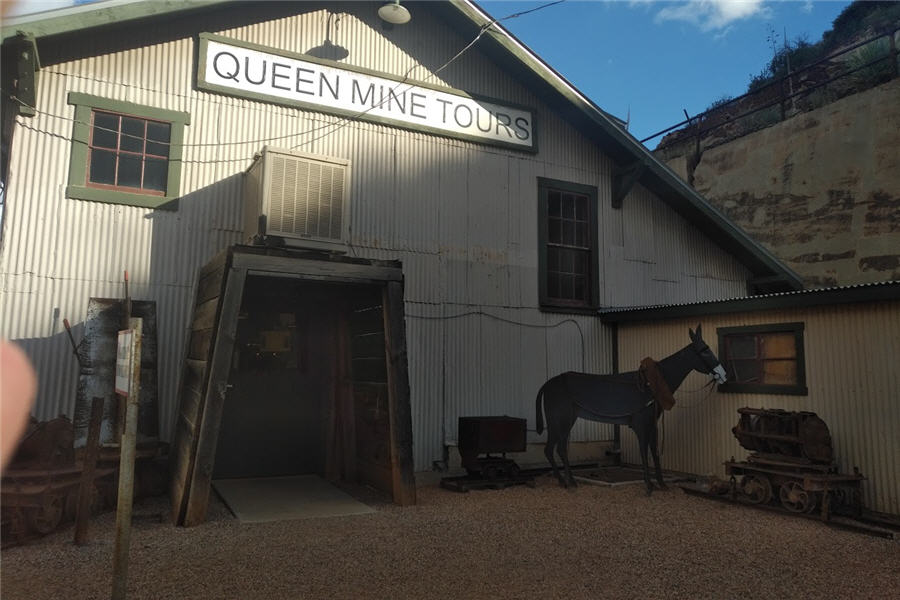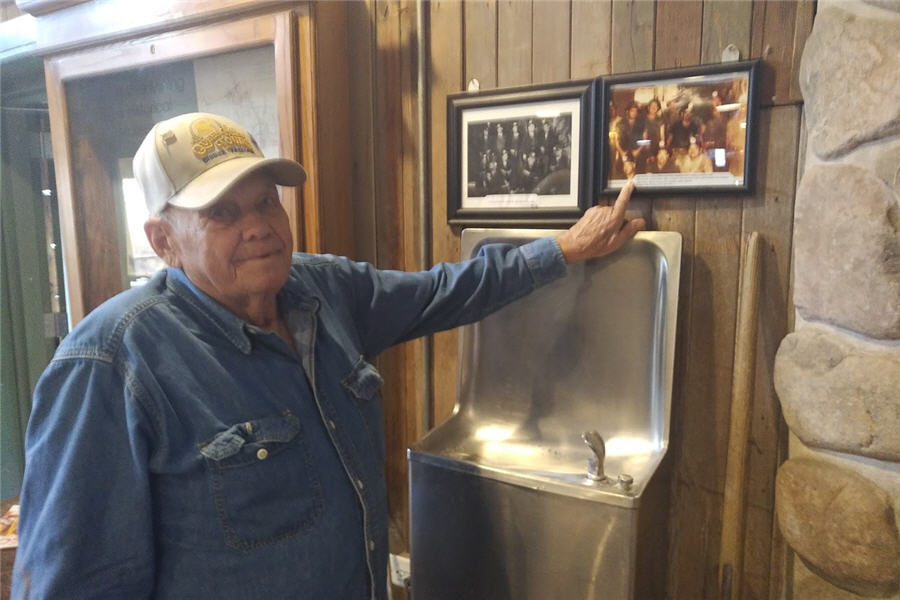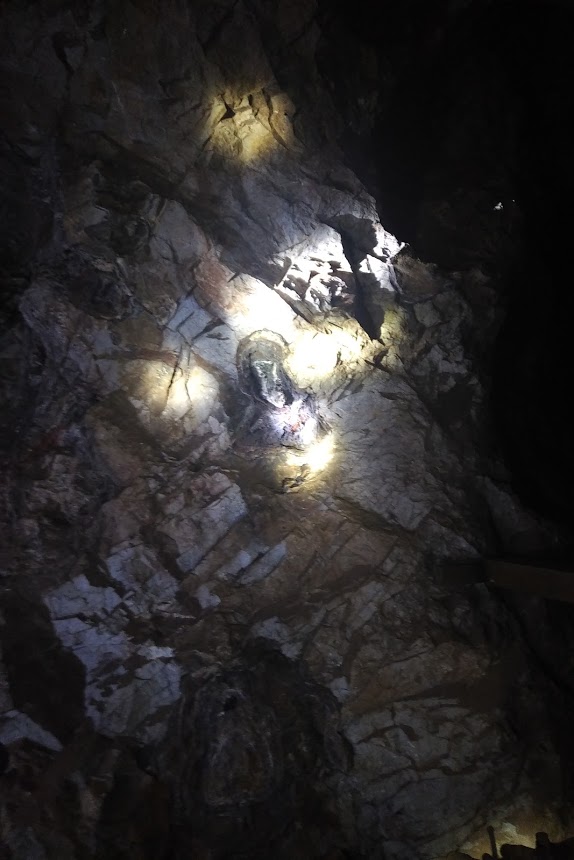On a sunny Sunday afternoon in Bisbee, Arizona, 85 year-old Queen mine tour guide Bennie Scott is in his element. In a southern lilt, Scott, a retired Phelps Dodge copper miner, drives visitors 1,500 feet into the mine and, with the stage presence of a Hollywood actor, recounts mining days passed, remembering in vivid detail the techniques, dangers and drama.
Once known as “The Queen of the Copper Camps,” Bisbee is nestled among the Mule Mountains of southeast Arizona, which are known for their diverse minerals and wealth of copper. The Bisbee Mining and Historical Museum, a Smithsonian affiliate and former Phelps Dodge headquarters, tells the full story.
Although its mines closed in the 1970s, the town’s character has been preserved in its architectural and mining landscape, and thousands of Bisbee visitors ride into the Queen Mine Tour each year—heading underground and back in time.

Following a tour, MINING.com spoke exclusively with veteran Phelps Dodge miner Bennie Scott:
How long did you work at Queen Mine?
Scott: I
went to work two days after I graduated from Bisbee high school – May 27, 1957,
and stayed with the mining company until June 14, 1975 – that’s when they shut
it all down.
What type of miner were you?
Scott: I
wound up what they call a crosscut miner, and whenever I wasn’t working in the
crosscuts underground, they’d have me drive a dump truck and outhaul the
underground ore to the mill. Also, during my time underground, I worked in the
shafts. I hung shafts, I changed shaft guides, I checked shaft guides, and on
top of that I drove a few raises when somebody was off. You learn to do it all.
Did you ever have an injury or a close
encounter on the job?
Scott: This is going sound kind of funny – no. And I’ll tell you why. My time, when I started, I had a partner who was in the stope, it was a 277 stope, it was a Dallas, and it caved in, and my partner got hit with a rock pretty good. It knocked him out and broke his collarbone. When I started out with other partners, I got real choosy. My partner who got hurt was one of those ‘I know how to do it all,’ instead of working as a team (emphasis). For the rest of my time underground, even working in the crosscuts, I had partners and I told them, ‘we do not do something by ourselves, we do it together.’ We pick up that timber together, we pick up those rails together, [if] we have a car to get off — we work together. I did not believe in being bull-headed and ‘just go do it.’ My little theory was – ‘we need to go home everyday, not go in an ambulance.’

Why do you still do tours at the Queen
mine?
Scott: Because
I love it. When the mine was
getting ready to shut down, I went to the company and told them I’d work
straight night shifts. ‘I told them, I’ll do anything you want, if you let me
go to college.’ So I went to college [during the days], and studied law. I’d go
to work at four in the afternoon and work until midnight, and I was back at
Cochise College at nine in the morning.
When the mines actually shut down in 1975, I went to Tucson and went through the Tucson police academy, came back to Bisbee, and I was the town’s only detective for 27 years. I got shot twice – I travelled in and out of Mexico with the DEA (Drug Enforcement Administration). When it come time for me to retire, I got on the (Bisbee) city council. I spent eight years on the city council. When I stepped off the stand, the city manager said ‘Bennie, would you like to go back and work in the mine?’ And I jumped at it. I was raised on the mines, my family was raised on the mines, and to me, it’s enjoyable to be able to tell people the real stories.

What
do you miss most about being a miner?
Scott:
The money. I [once] went to Tucson and paid cash
for a new Chevrolet 409 convertible. I paid $2,900 for it. My ex-wife got that
car.
Can
you tell us about the day the mine shut down?
Scott:
When the last cage come up off the 2,800 level, I
was instructed by Marvin Immis, he was the mine foreman, he said, ‘Bennie when
they pull you out, I want you, just before that cage gets ready to leave, walk
over there, flip that switch and that turns the pumps off, and I stepped on the
cage and that rang the bells we went to the surface. We flooded [the mine] all
the way to the 700-level. That was June 14, 1975.
What
are some of the most memorable experiences?
Scott: You had a lot of camaraderie. We did not have discrimination between Hispanic and white people. We went to work together, we went home together. If the Hispanic people were going to have a birthday, we call it a quinceañera, so if we got invited to a party, we ate enchiladas and tamales and tostados, and drank coors beer. At my parties, they had hamburgers, hotdogs and budweiser beer. But the thing that made it all the same was we all drank out of the same tequila bottle.
